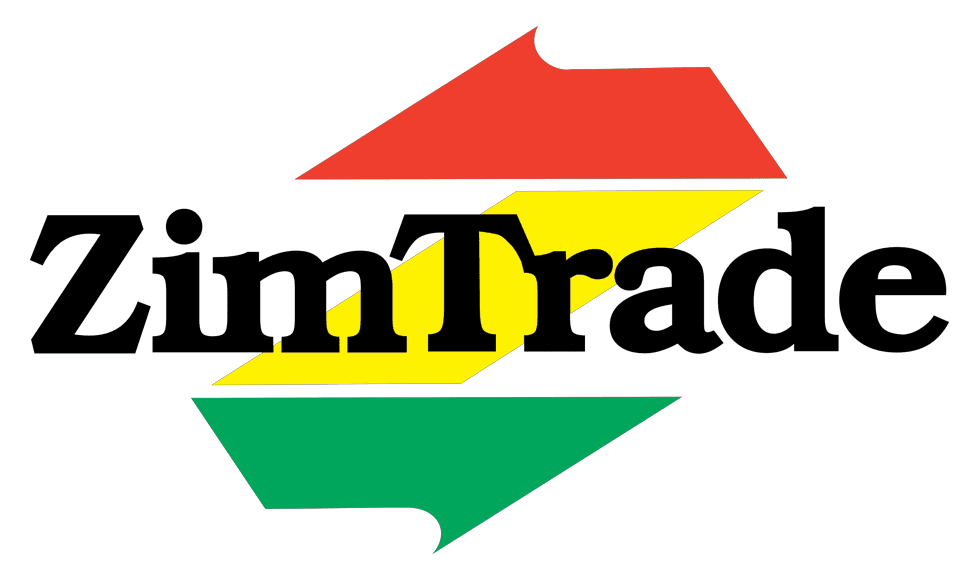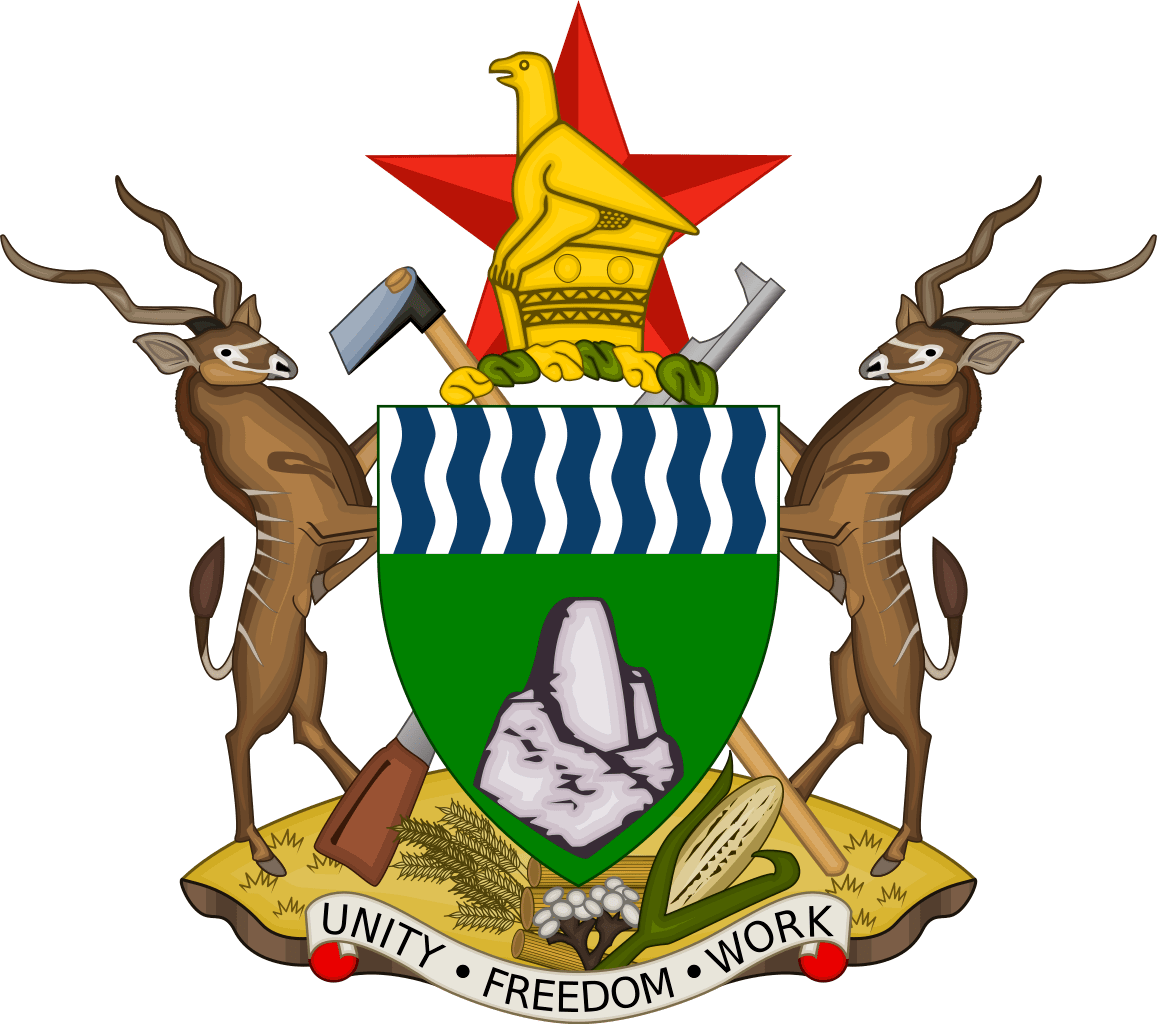THE AFRICAN Continental Free Trade Area, which started trading in January 2021 under guided initiative is expected to open access to more markets than before when Zimbabwe joins the second batch of countries under the guided initiative.
Zimbabwean businesses will find that landing products and services in other African countries will be simplified as trade procedures will be harmonised, and unnecessary barriers to trade removed, which will grow the country’s exports.
More than 1.3 billion consumers in Africa from 55 countries with a combined gross domestic product (GDP) valued at US$3.4 trillion will provide a lucrative market for Zimbabwean products and service across all sectors.
As more markets open, it will be important for local companies to come up with strategies that will improve their exports as no two markets are the same.
Existing and potential exporters will need to focus on markets that are sustainable and offer more profits, either in the region or beyond.
ZimTrade, the country’s trade development and promotion organisation, offers market research on behalf of private sector, where key insights are unpacked, and market linkages are strengthened.
This year and the previous year, ZimTrade conducted market research in Nigeria, Ghana, and Kenya.
Trade intelligence from these activities helps local companies form market penetration strategies.
Whilst ZimTrade offers such assistance, it is also important for local companies to understand key steps necessary to take when selecting an export market.
Conducting market research
Before venturing into any export market, it is important to begin by conducting market research, which can be either desk research, field research or a combination of both.
This will enable to the potential exporter to understand several factors that can determine success or failure in export market.
Objectives of the research should be clearly stated to enable the elimination of non-qualifying markets.
During this research, there are issues that should come out clearly, such as market size, the current volumes levels (quantities), value of sales and current imports of the product or service in the targeted market.
This information points out to how big is the market size and it will also reveal who are the suppliers (competitors) on the export market.
Before selecting a market, exporters should also understand the exchange controls of the intended export market as this will determine, how you are paid.
Countries facing foreign currency challenges tend to have a strict exchange control regulation, which may delay foreign payments.
Commercial banks through their international banking divisions can assist with this information.
It is also critical to look at macroeconomic indicators of the intended export market.
Indictors such as GDP per Capita, inflation rate, economic growth tend to affect business performance hence one should understand these aspects.
Potential exporter, as part of the research should also look at issues such as political stability, language, and ease of doing business.
This may need the exporting business to put in place mitigation strategies and exit strategies before venturing into the market.
Understanding market requirements
The exporter should also be aware of the tariff and non-tariff barriers, and surcharges that are charged on the product under consideration.
Tariffs are essentially costing on top of production costs that will affect the selling price.
Non-Tariff Barriers (NTB) and these are compliance issues which ultimately affects how your product will land in export market.
Overlooking these issues may result in penalties and in some cases confiscation of your products.
Some products are regulated by health authorities and it is essential to check the regulations that affect the importation of your product and comply with such requirements.
There are efforts to standardise some of these regulations in the region so if a product is registered locally, it will also be easier to register in foreign markets after conducting relevant tests.
Export markets are particular about packaging, labelling requirements and it is of paramount importance to check the kind of packaging required and labelling and this may entail a change in your current packaging to meet the export packaging requirements.
There is also need to consider distribution options as this is also affected by geographic proximity and nature of product to be transported.
Transport costs contribute a significant portion to the costing of a product and shipping and forwarding companies can assist in providing this critical information.
Would be exporter should also check on trends in the use of the product targeted for export.
Dealing with competition and establishing partnerships
Whilst developing a market entry strategy, it is important understand the competition and this may require looking at their prices, quality, and any other competitive advantage they may possess.
Under this, there is need to study those who have been successful in exporting into that market and see how they were able to do it.
When undertaking this exercise, there is need to evaluate export readiness and come up with a Unique Selling Proposition.
Establishing business relations with partners in the target market will also help overcome some challenges posed by competition.
Local companies can consider joint ventures, memorandum of agreements, partnerships, and cooperative agreement opportunities.
Before “jumping” into some of the partnerships, there is need to do a comprehensive due diligence on the would-be partners.
Understand Regulatory Requirements
Research and understand the regulatory requirements and trade barriers in the target markets.
There is need to familiarize with import regulations, customs procedures, labelling requirements, and any specific certifications or standards needed for export products.
Calculate Total Cost of Exporting
Determine the total cost of exporting, including production costs, transportation costs, customs duties, taxes, and marketing expenses. Evaluate the profitability and feasibility of exporting to the target markets.
Develop a Marketing Plan
Based on research findings, there is need to develop a comprehensive marketing plan for entering the target markets.
Here, one must define their target audience, positioning, pricing strategy, distribution channels, and promotional activities.
ZimTrade has a calander of events that companies can choose events that they would like to participate in.
Monitor and Evaluate
Continuously monitor and evaluate the performance of export activities and exporters must track sales, customer feedback, market share, and competitor activities.
Where there is need, one is encouraged to make necessary adjustments to their export strategy based on the insights gained.
Remember, export market research is an ongoing process and there is need to stay updated on market changes, consumer preferences, and regulatory requirements to ensure the success of export endeavours.
Using reliable sources of information
The use of reliable sources of information when formulating a market penetration strategy cannot be overemphasised.
ZimTrade assist local companies, at no cost, market insights in the form of market briefs, country focus and market pointers.
ZimTrade also hosts the Trade Information Portal, accessed through www.tradezimbabwe.com where local companies can access reliable market-related data, as well as take a free self-assessment market readiness checker.
On the Portal, local companies can access an Exporter’s Guide, which provides general guidelines to overcome some of the problems and difficulties associated with exporting.
It also contains basic ideas to help enterprises in planning and developing their export business on a viable and sustainable basis.
Potential exporters can also gather information on International Trade Centre (ITC) trade intelligence tools such as Trade Map, Standards Map, Market Access Map and Export Potential Map.
These trade intelligence tools can be accessed for free and they provide reliable information on trade statistics, export potential, tariffs charged on various products and compliance regulations that needs to be adhered.
ZimTrade offers training on the usage of the trade intelligence tools for free.
Other sources of information are foreign embassies in Zimbabwe, Zimbabwean embassies abroad, business member organisations, Zimbabwe Revenue Authority, Shipping and Freight Companies, commercial banks and International organisations such as SADC and COMESA.







